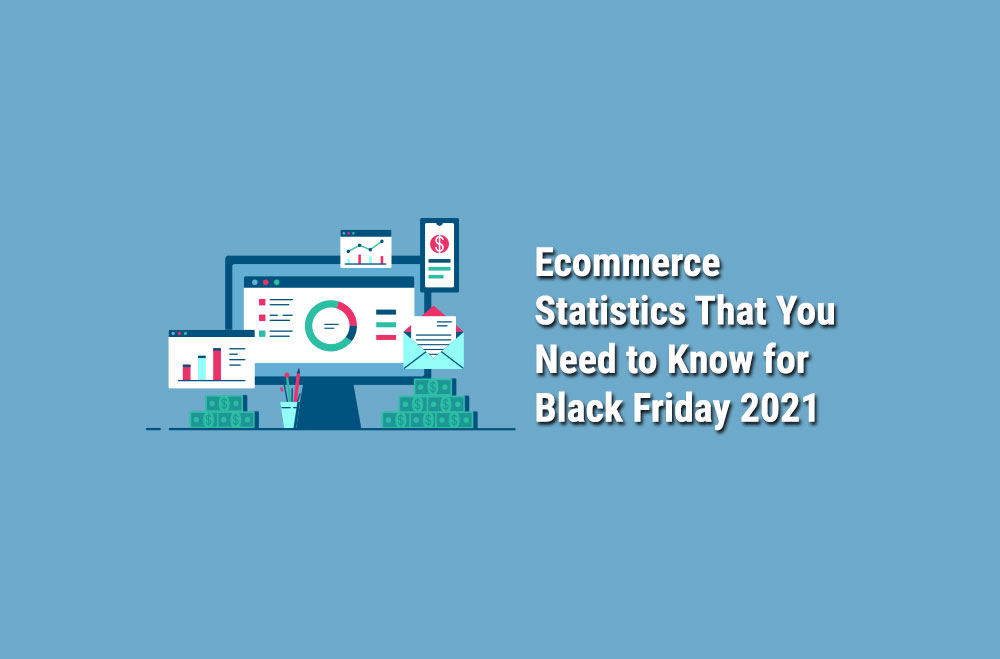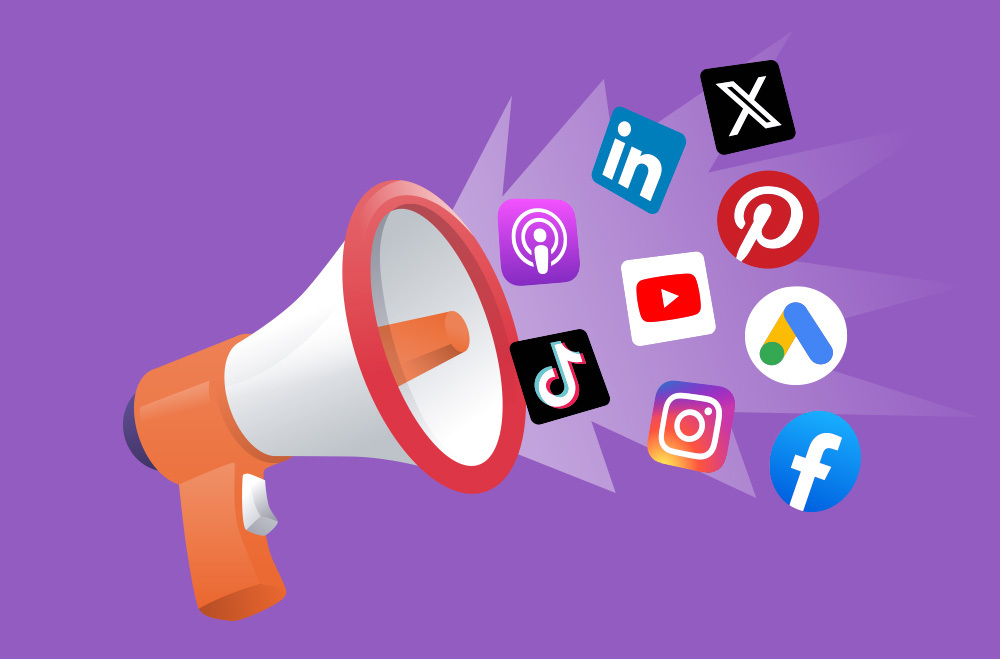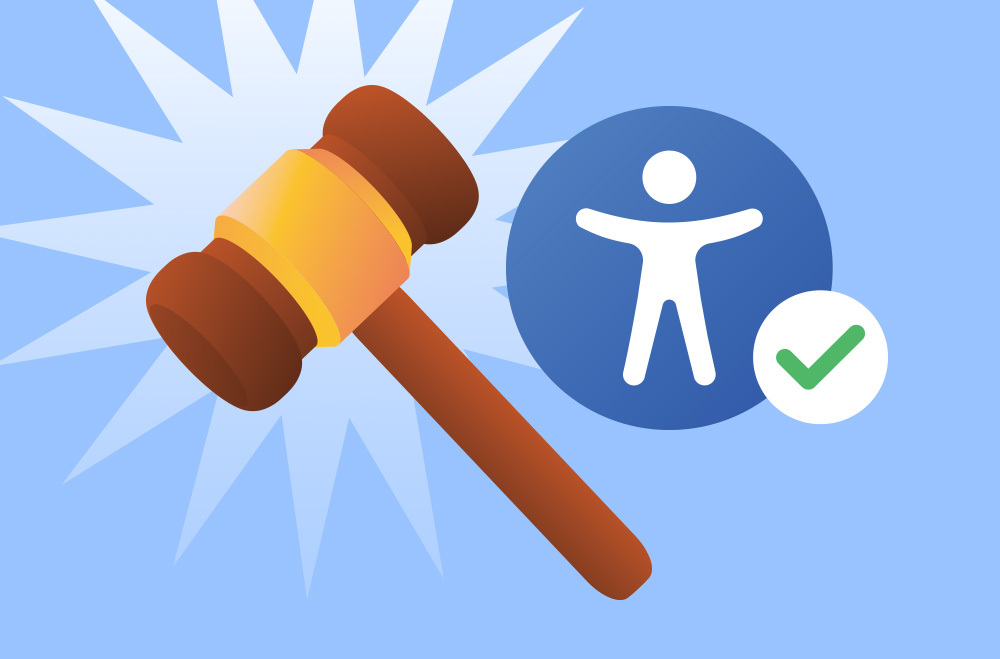


Sales and marketing used to be part experience, part guesswork. We thought we knew what people wanted, so we created our strategies around those ideas and hoped for the best.
Fortunately, with the advent of the internet and e-commerce, things have changed dramatically. Nearly everything these days is measured, calibrated, collated, and quantified. We know where people shop online and when. We know what drives their purchasing decisions and what makes them change their brand loyalty. They tell us everything about their shopping wants, needs, and habits.
You can use those facts and statistics to improve your Black Friday performance! Here are some of the most important Black Friday stats for you to adapt, digest and use!
Online Black Friday sales are measured in tens of billions, and those numbers are only going up! Black Friday has always been one of the biggest shopping days of the year, and nothing has changed just because we're shopping online. If anything, we're spending more online because there's less access to entertainment and activities.
● In 2019, over 90 million people chose to shop online. Now, during the pandemic, that number is even higher!
● The value of online Black Friday sales is now well over $7 billion. So, there's a lot of money to be made in online stores!
● Black Friday is known for great deals, and the average discount on these deals is 37%.
● We shop more between black Friday and Christmas. 30% of ALL retail sales that happen during the year happen during these few weeks!
● 40% of all retail shoppers bought something at online Black Friday sales in 2019, and again, the pandemic is only increasing that number.
Different age groups and genders have different online shopping habits on Black Friday, but everyone from millennials to baby boomers is spending large amounts of money online!
● More than half of all women are Black Friday shoppers, and millennials are the biggest group looking for Black Friday deals.
● Millennials spent, on average, just over $500, shopping the online Black Friday sales
● 94% of millennials who shopped online Black Friday sales bought electronics, which amounted to over $11 billion!
● 90% of Gen Xers also spent a lot on electronics. They spent over $31 billion on gadgets and gizmos. They also spent more on cosmetics and beauty products, but at $5.9 billion, that was a distant second to technology!
● Baby boomers don't spend a lot on technology in a normal year. Their biggest spend is usually on travel, with over $12 billion on Black Friday getaway deals. Of course, it's unlikely we'll see spending this year with this pandemic stage, so we will have to wait and see where Boomers will spend their dollars this year!
Of course, big brand stores sell more products online on Black Friday. Aside from Amazon, BestBuy, Costco, and Walmart all see big sales increases on the year's biggest sales day.
● Internet giants score big on Black Friday. In fact, Amazon claimed over 54% of all online Black Friday sales in 2019. Many more businesses are selling online today, but they still expect to take a big bite out of Black Friday sales.
● 49% of online Black Friday shoppers are swayed by shipping costs – which might be why sites like Amazon that offer low cost or free shipping are big winners.
Black Friday is always a huge shopping day, but the numbers show that a lot more shopping is happening from mobile devices.
● Most people plan to spend around $400 online on Black Friday
● Nearly 40% of online Black Friday sales were not made on desktop or laptop computers. They were made via tablets or mobile phones. Which is yet another reason to make sure your website is mobile-friendly and responsive!
● In 2019, over $900 million was spent on Shopify on Black Friday, and nearly 70% of those sales were made via mobile devices!
● People who do shop via desktop or laptop computers tend to spend more. They tend to buy items that are nearly 30% more expensive than their mobile compatriots.
● 36% of Black Friday shoppers in 2020 planned to be at the store between midnight and 6 am, waiting for the doors to open. 46% planned to be there before 10 am, and only 17% planned to be there later in the day.
Yes – some people still feel bad about the things they buy online on Black Friday.
● Online shoppers still feel buyer's remorse. In fact, about 66% of millennials regret their Black Friday splurges, while a little over 40% of Boomers report feeling that they make a mistake.
Some states and areas buy more online on Black Friday, and some products do better than others.
● The states that spend the most online for Black Friday aren't what you think they are. In fact, in 2019, North Dakota, Texas and Wyoming topped the list. Of course, again, with fewer people in malls in 2020 and 2021, online Black Friday sales figures are up for every state.
● Clothing and shoes, electronics, cosmetics, and travel are some of the biggest sale items on Black Friday.
● Furniture is a much bigger in-person seller than an online one on Black Friday. 21.9% of shoppers bought their furnishings in a real-world store, while only a little over 16% chose to shop online. This makes sense because it's hard to tell if a new couch or mattress is comfortable from a website!
We've never known as much about what people want to buy, where they want to buy it, and how much they want to spend as we do today. We know exactly which deals get the most interest, what kind of products people want to buy at Black Friday sales, and who they are.
The good news for online retailers is that the pandemic has changed the way we shop.
Statistics show that online sales have at least doubled since we have all been spending more time at home and avoiding public places.
That trend is likely to continue this year, even though we have fewer official restrictions. It's unlikely that people will want to brave the huge crowds that Black Friday sales generate in a normal year.
Major retailers and smaller companies are taking their Black Friday sales online, and digital sales might likely match or exceed sales in stores.
Black Friday is traditionally also an opportunity to stock up on Christmas gifts. Still, with so many more online sales and supply chain disruptions, getting those items to customers might be more complicated. Many stores are still offering curbside pickup options, so shoppers might opt to buy online and pick up in person.
If you want to capitalize on online Black Friday this year, here are a few ideas:
● Offer great deals. Most online Black Friday purchases are priced between 30 and 40% lower than their usual price.
● Know who your customers are. Different customers are looking for different things and have different budgets.
● Consider limiting the availability of great deals. Scarcity is a great motivator and could have virtual "lines" of shoppers waiting for your sale to start!
Many people have more disposable income thanks to the pandemic and savings on childcare and commuting. So, it's likely to be a bumper year for Black Friday sales this year, whether you're talking about online or in-person shopping. There's never been a better time to think about your own Black Friday shopping strategy.
"*" indicates required fields
"*" indicates required fields
"*" indicates required fields
You must be logged in to post a comment.





